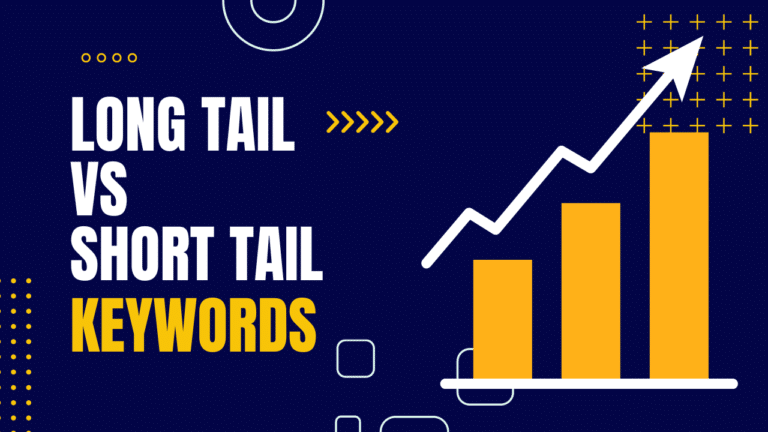A Comprehensive Guide to Paid Advertising Funnels for Effective Customer Acquisition
The Ultimate Guide to Paid Advertising Funnel: How to Create One that Converts
A paid advertising funnel, also called a sales or marketing funnel, is an essential part of any successful digital marketing campaign. It helps businesses drive leads, convert prospects into paying customers, and increase revenue. In this comprehensive guide, we will cover everything you need to know about paid advertising funnels, including the definition, types, benefits, and step-by-step process of creating a high-converting funnel for your business. If you’re looking to turn website visitors into customers, then a paid advertising funnel is exactly what you need. So, let’s get started!
What is a Paid Advertising Funnel?
A paid advertising funnel is a series of targeted, well-timed, and relevant ads that aim to turn website visitors into paying customers. Prospects go through several stages in this funnel, from awareness to consideration to decision-making, and the primary goal is to guide them through each stage to convert them into paying customers.
Understanding the Types of Funnels
There are three main types of paid advertising funnels: top of the funnel (TOFU), middle of the funnel (MOFU), and bottom of the funnel (BOFU).
Top of the Funnel (TOFU)
The top of the funnel is the awareness stage, where potential customers first become aware of your brand or product. The goal of this stage is to attract prospects and capture their attention through various marketing channels, such as social media, display ads, and search ads.
Middle of the Funnel (MOFU)
The middle of the funnel is the consideration stage, where prospects are actively considering your product or service. The goal of this stage is to provide more detailed information about your offer and build trust with your prospects. Some examples of MOFU marketing tactics include email marketing, lead magnets, and webinars.
Bottom of the Funnel (BOFU)
The bottom of the funnel is the decision-making stage, where prospects are ready to purchase your product or service. The goal of this stage is to convert prospects into paying customers through targeted ads and optimized landing pages.
Why Do You Need a Paid Advertising Funnel?
A well-optimized paid advertising funnel offers numerous benefits to businesses, including increased conversion rates, cost-effective marketing, and improved customer retention. A well-designed funnel can guide prospects through each stage of the buying process, address their concerns and objections, target only the most relevant prospects, and provide exceptional customer experience.
Creating a Successful Paid Advertising Funnel
Creating a successful paid advertising funnel involves several steps, including:
Define Your Target Audience
Defining your target audience is crucial for the success of your funnel. Knowing your target audience will help you create more relevant and targeted ads, messaging, and landing pages. Consider factors such as demographics, psychographics, interests, and behaviors when defining your target audience.
Determine Your Offer and Value Proposition
Your offer and value proposition are critical components of your funnel. Your offer should be compelling and relevant to your target audience, while your value proposition should clearly communicate the unique benefits of your offer. Consider factors such as pricing, features, and benefits when determining your offer and value proposition.
Choose the Right Channels and Ad Formats
Choosing the right channels and ad formats is critical for the success of your funnel. Consider factors such as your target audience, your offer, and your budget when selecting your channels and ad formats. Some of the most popular channels and ad formats for paid advertising include Google Ads, Facebook Ads, Instagram Ads, and YouTube Ads.
Design and Test Your Landing Page
Designing and testing your landing page is crucial to the success of your funnel. Your landing page should be optimized for conversions and should provide a seamless and relevant experience for your prospects. Consider factors such as page design, copy, and layout when designing and testing your landing page.
Create a Compelling Call-to-Action (CTA)
Once prospects have reached the bottom of the funnel and are ready to purchase, it’s important to have a strong call-to-action (CTA) that motivates them to take the final step. A CTA is a specific instruction that tells the prospect what to do next, such as “Buy Now,” “Sign Up Today,” or “Schedule a Consultation.”
To create a compelling CTA, consider the following tips:
Use action-oriented language that creates a sense of urgency and excitement.
Make it clear what the prospect will get by taking the desired action.
Use contrasting colors and prominent placement to make the CTA stand out.
Use persuasive language that addresses any concerns or objections the prospect may have.
Test different variations of your CTA to see which one performs best.
Set Up Effective Tracking and Analytics
To optimize your paid advertising funnel, it’s important to have effective tracking and analytics in place. This involves setting up conversion tracking to measure the number of people who complete the desired action on your landing page, as well as tracking the performance of your ads and campaigns.
By analyzing your data and metrics, you can identify areas of your funnel that are underperforming and make adjustments to improve performance. Some of the key metrics to track include click-through rate (CTR), conversion rate, cost per acquisition (CPA), and return on investment (ROI).
Optimizing Your Funnel for Maximum Results
To get the most out of your paid advertising funnel, it’s important to continually refine and optimize your approach. This involves analyzing your data and metrics, testing different variations of your ads and landing pages, and making adjustments based on the results.
A/B Testing
A/B testing is a powerful technique for optimizing your funnel. This involves creating two versions of your ad or landing page, with one small difference between the two (such as a different headline, image, or CTA). By testing both versions and measuring the results, you can determine which version performs better and use that version moving forward.
Refine and Optimize Your Funnel
To continuously improve the performance of your paid advertising funnel, it’s important to refine and optimize each stage of the funnel. This involves making incremental improvements to your ads, landing pages, and other elements of your funnel to improve conversion rates, reduce costs, and increase revenue.
Conclusion
Paid advertising funnel is a powerful tool for businesses looking to drive leads, convert prospects into paying customers, and increase revenue. By understanding the different stages of the funnel and following best practices for creating and optimizing your funnel, you can achieve better results from your paid advertising efforts and grow your business.







